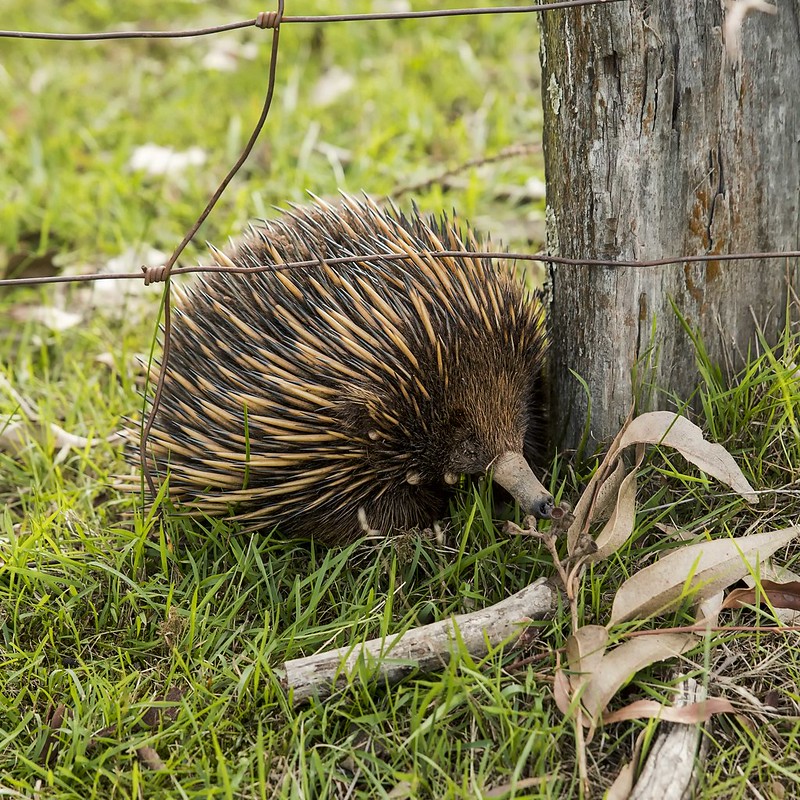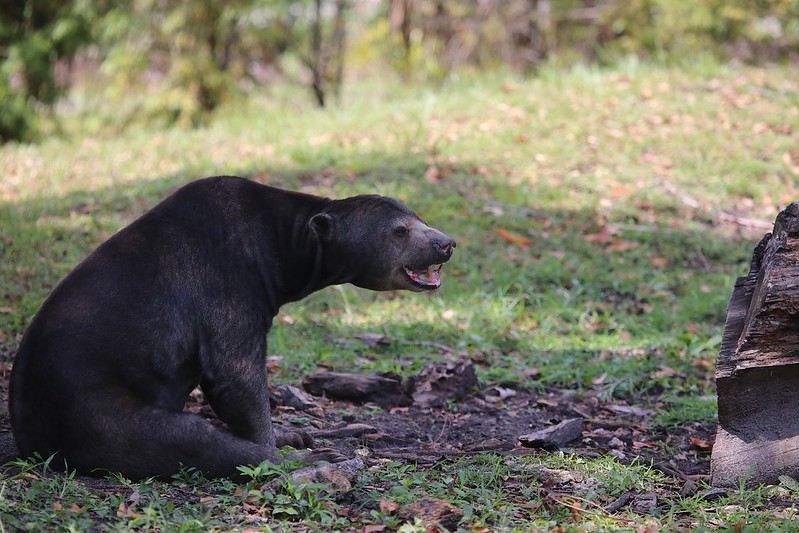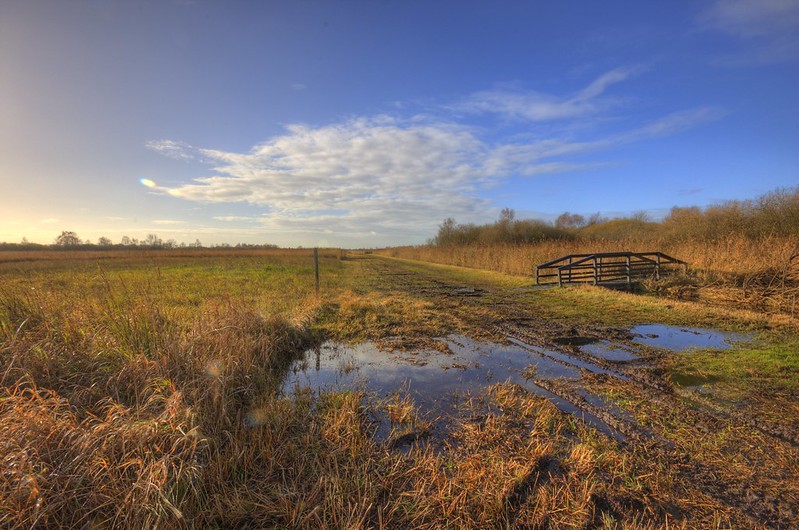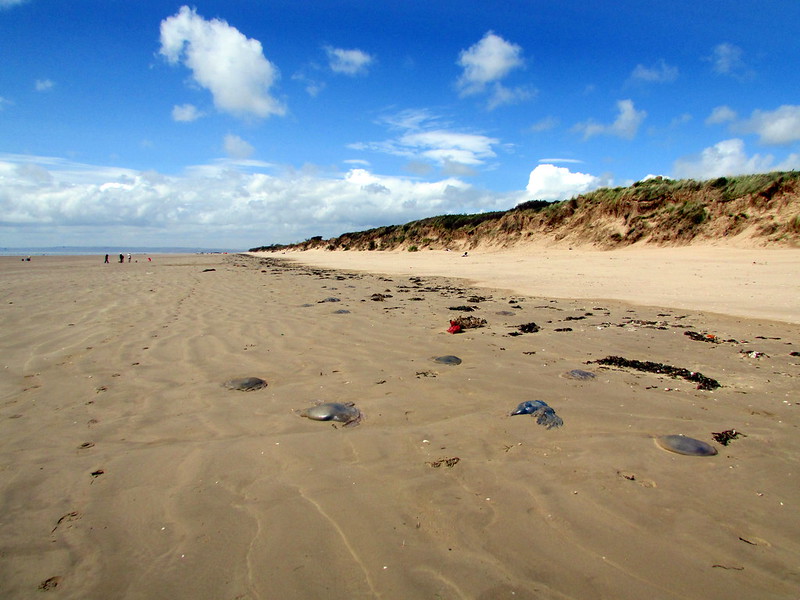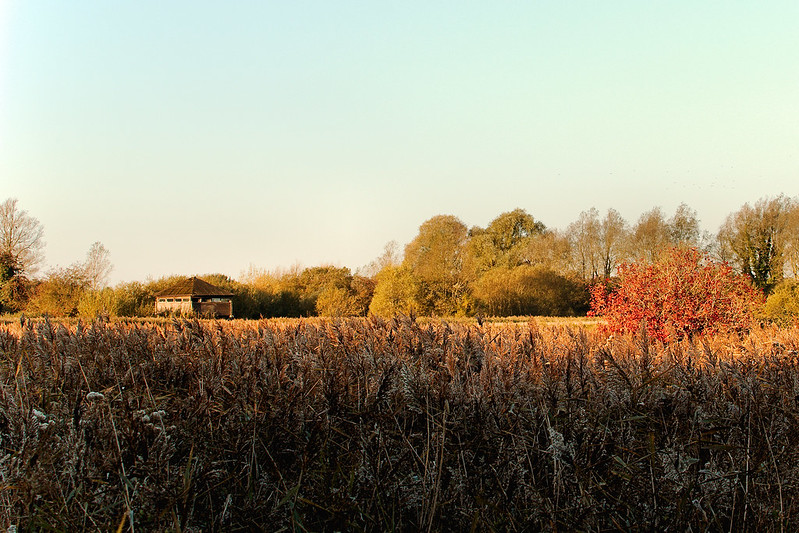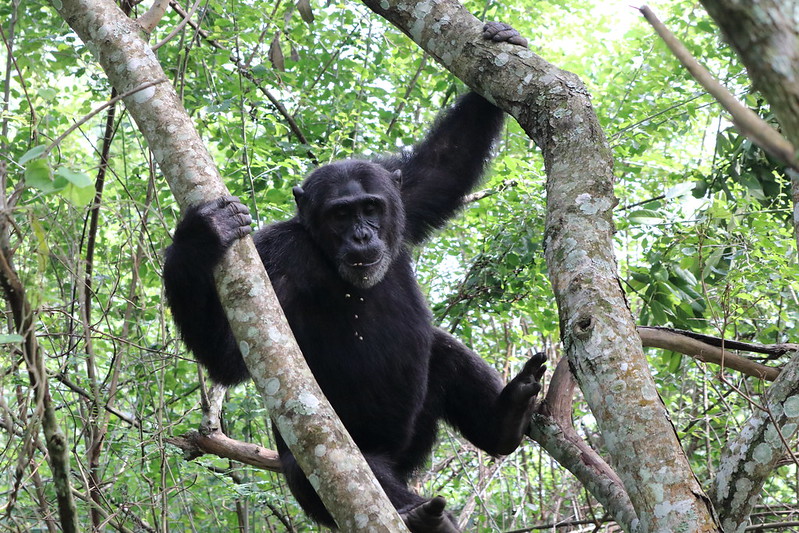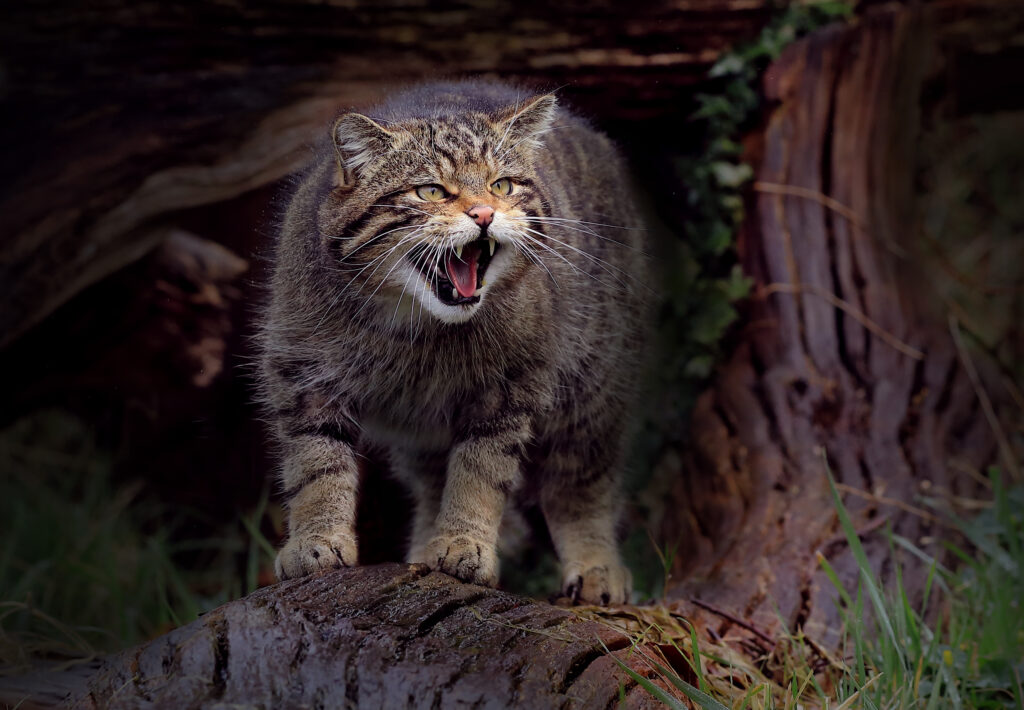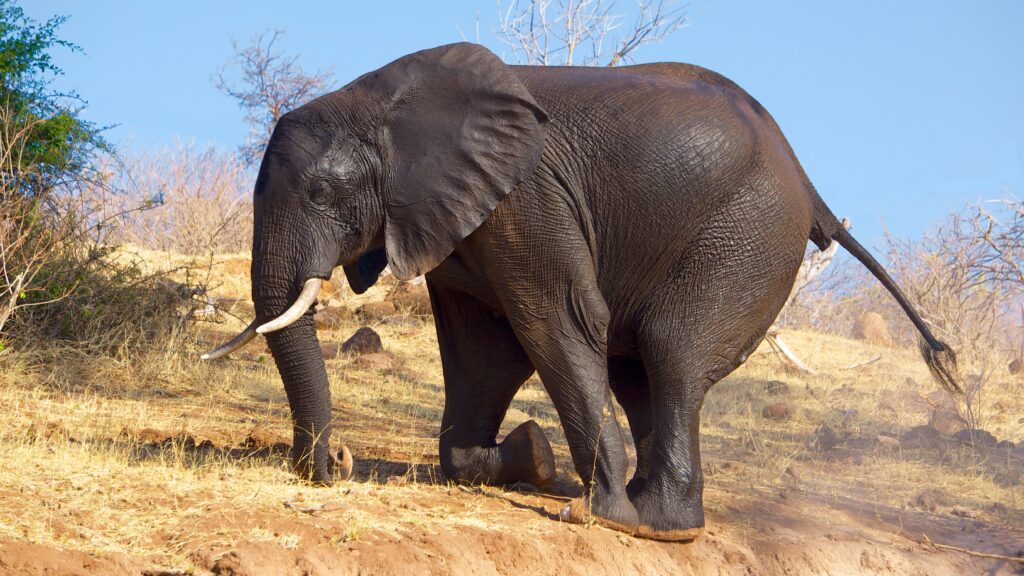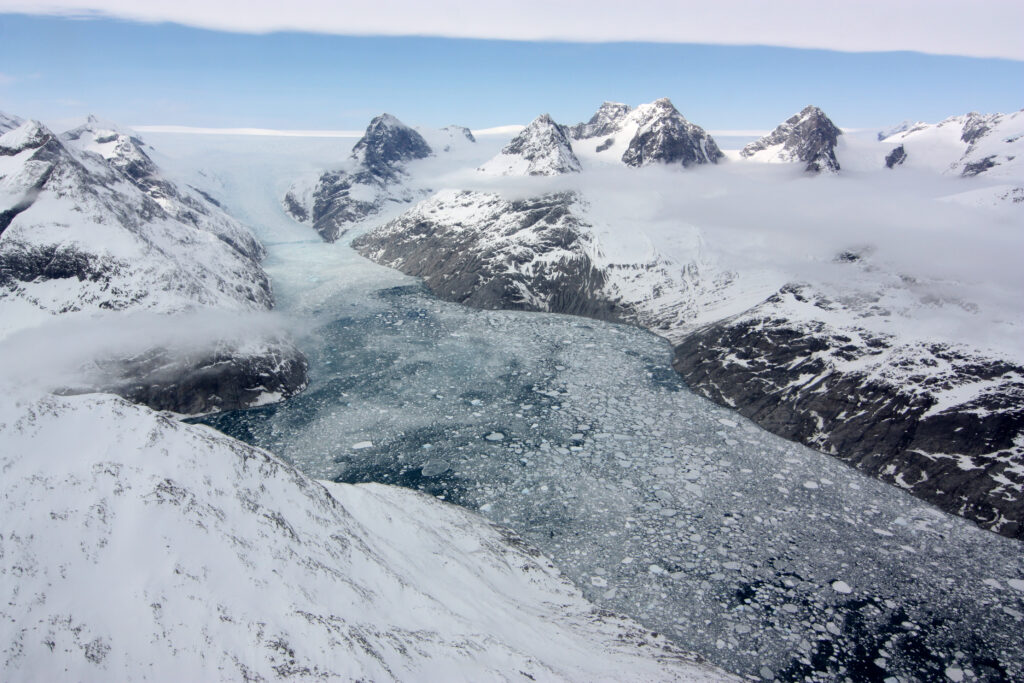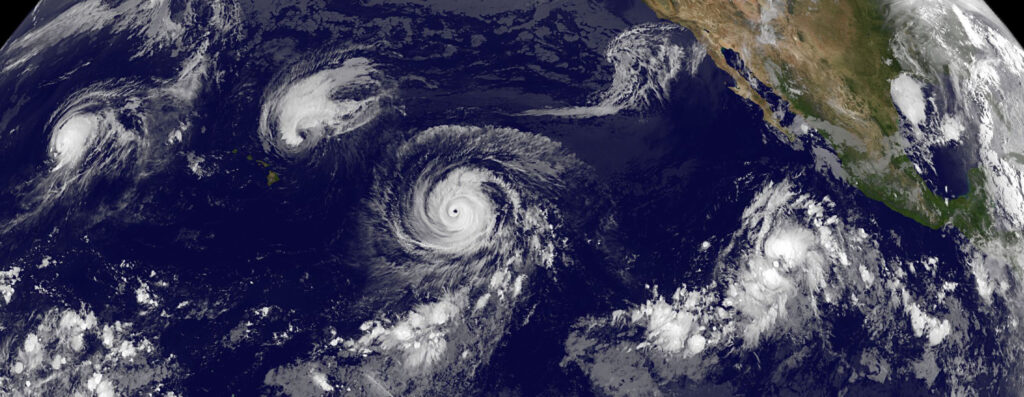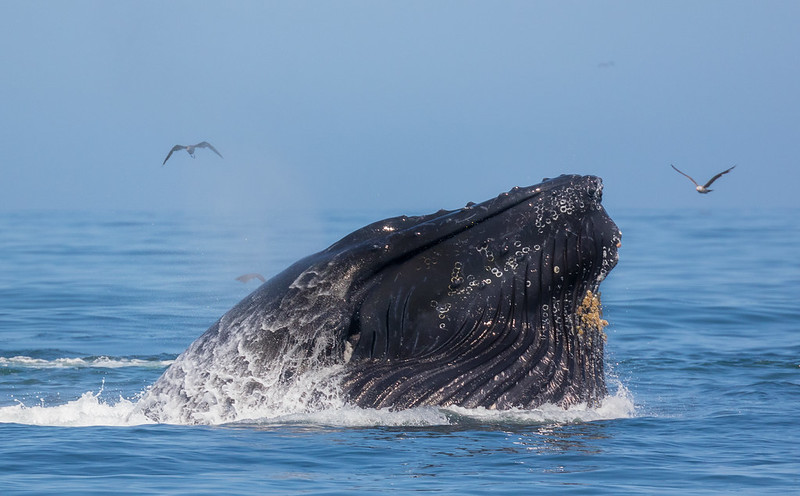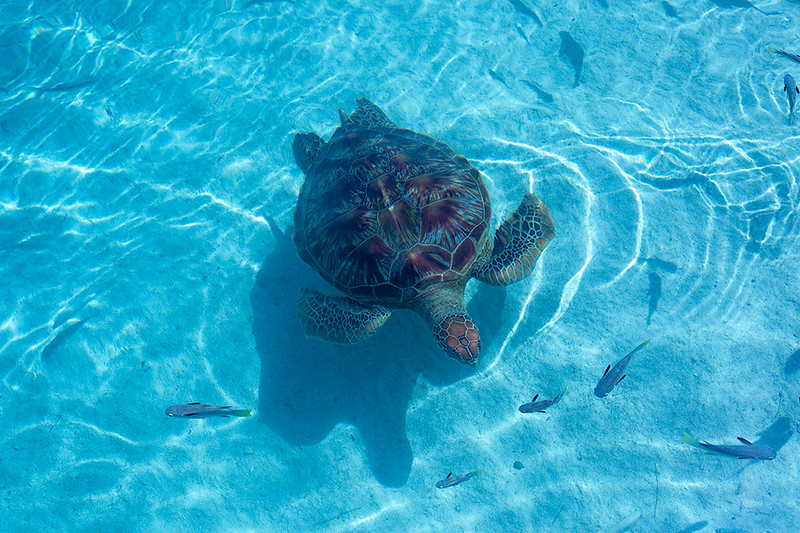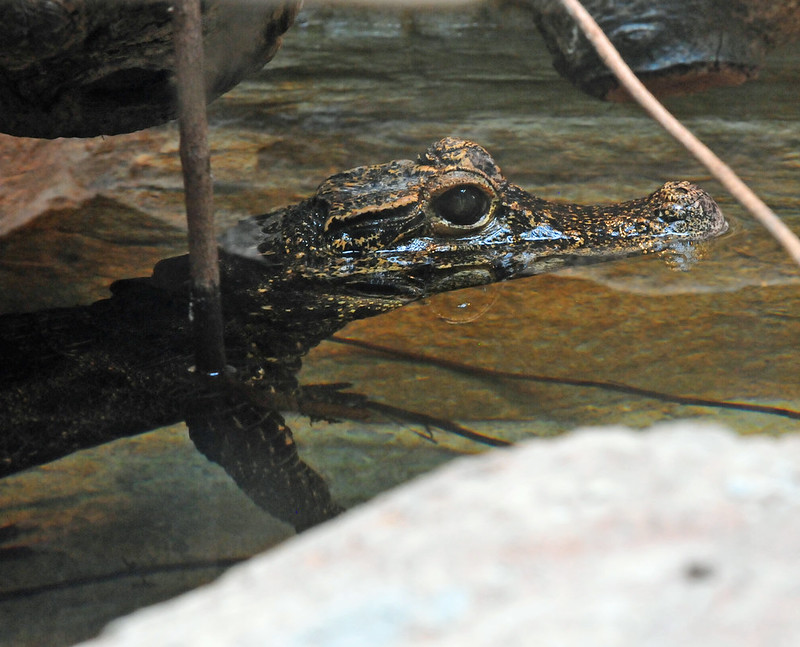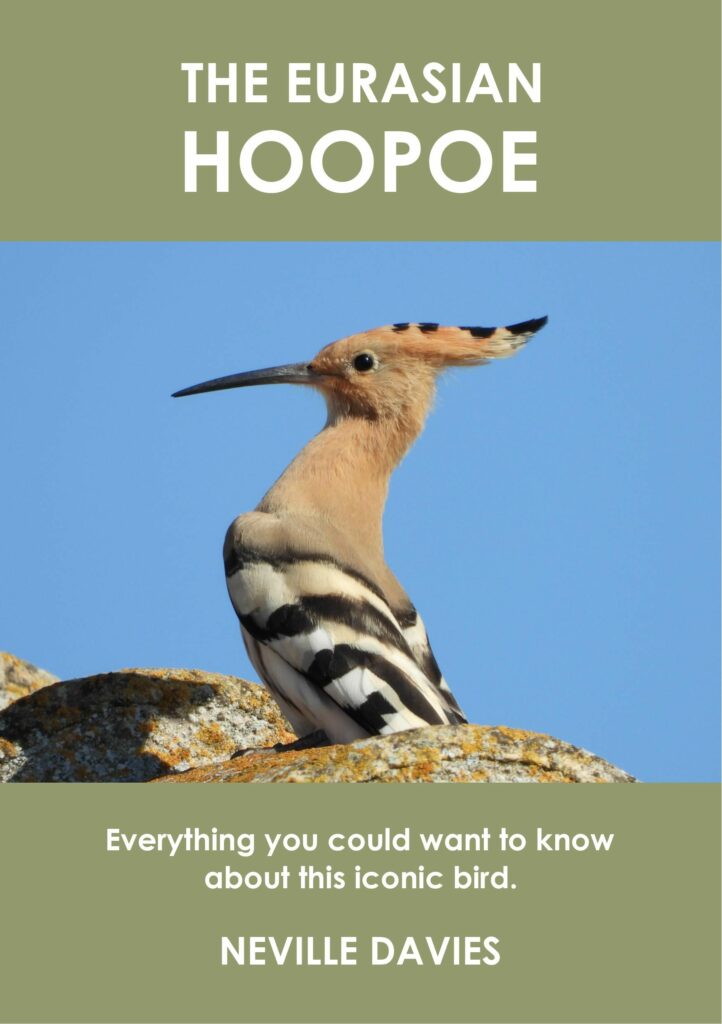 Once resident in the UK, the Eurasian Hoopoe is the most widespread of its genus and is much admired for its striking appearance and entertaining character. Containing a huge amount of astonishing and fascinating facts about these magnificent birds, this book is packed with everything you need to know about this species. It is a captivating read for beginner, intermediate or expert alike, and for anyone who has an interest in birds and the natural world.
Once resident in the UK, the Eurasian Hoopoe is the most widespread of its genus and is much admired for its striking appearance and entertaining character. Containing a huge amount of astonishing and fascinating facts about these magnificent birds, this book is packed with everything you need to know about this species. It is a captivating read for beginner, intermediate or expert alike, and for anyone who has an interest in birds and the natural world.
 Neville Davies is an author, wildlife columnist, book reviewer, leader of nature walks and courses, and private bird guide specialising in the birdlife of Mallorca. His previous book, Birds of Mallorca provides readers with an essential guide to the best birding sites and 340 bird species that can be found on the Balearic island of Mallorca.
Neville Davies is an author, wildlife columnist, book reviewer, leader of nature walks and courses, and private bird guide specialising in the birdlife of Mallorca. His previous book, Birds of Mallorca provides readers with an essential guide to the best birding sites and 340 bird species that can be found on the Balearic island of Mallorca.
The Eurasian Hoopoe, which is due for publication at the end of November, provides an in-depth look at one of the species that has fascinated Neville since childhood.
We recently chatted with him about his inspiration behind the book, his hopes for the future of this incredible species, and his plans for further writing.
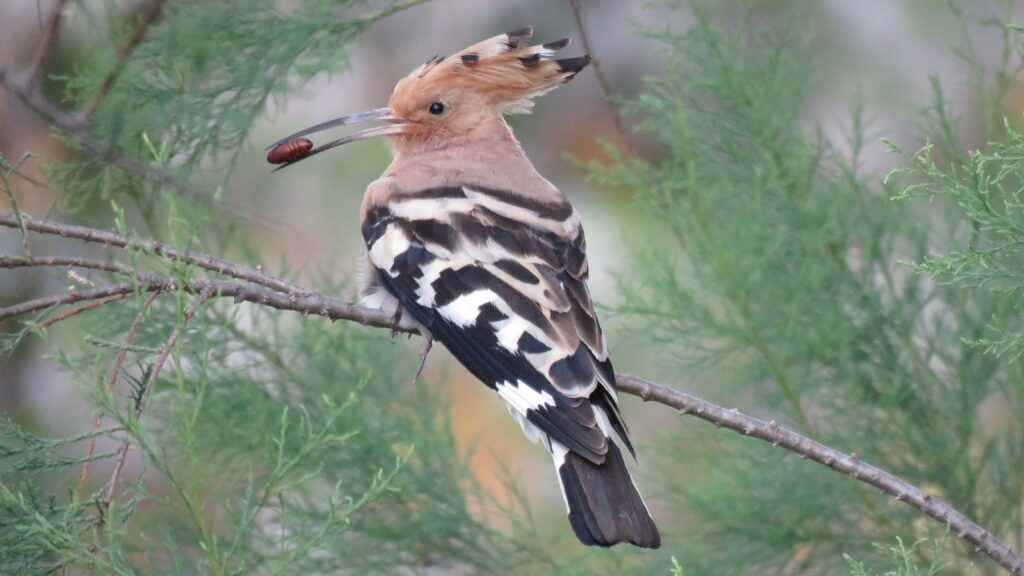 What inspired you to write a book about the Eurasian Hoopoe?
What inspired you to write a book about the Eurasian Hoopoe?
As a child I would often look through the bird books I had at the time, and one species that stood out for me from the hundreds of others was the European Hoopoe (hereafter referred to as the Hoopoe). There was something magical about this strange looking bird, with its ‘punk rocker’ plume of head feathers and black and white wing markings. It looked like an iconic bird and when I read it was found on the continent and other far-away places (which I assumed I would probably never get to visit), this made it even more special – the Hoopoe would forever be out of my grasp, or so I thought. Every time I acquired a new bird book, I always found myself going straight to the page on the Hoopoe. By 1990 I had decided that I was going to visit Mallorca specifically to find them; an early guidebook I had bought listed the Hoopoe as a common resident breeder, so I felt I had a good chance of finding one.
But by the third day of my first visit to Mallorca, there was still no sign of a Hoopoe. I was beginning to think that I was never going to see one and disappointment and anxiety started to creep in. But later that third day, I saw my first ever one flying low across a field and out of sight behind a farm building. I punched the air in sheer delight, I had finally seen one for real and my excitement was overwhelming. I went in search of it and spotted it along with a second bird. And what I had thought when looking through the guidebooks as a child was right, the Hoopoe is truly a magical bird and they look as characteristic in real life as in the books – the plume of punk rocker head feathers did not disappoint.
I already owned several bird books by other authors specifically on a single bird species, and this got me thinking, why not write about the Hoopoe? Not only is the Hoopoe my favourite species in the bird world, but surely there must be enough information available to make an interesting book. I was pleased to find research papers written on the Hoopoe from all over the world – there was certainly enough information for a book. The more I looked the more I found, and I learned so much about the Hoopoe that I didn’t already know. There were also some great photographs in these papers, and I started to contact several of the authors to ask if I could use their images and some of their findings. Thankfully, they were very keen to support me, so along with my own images and information I was able to provide more in-depth information, especially around breeding and prey items, and excellent photographs.
Could you tell us about the status of the Hoopoe and the kinds of threats they face?
The European breeding population is large (890,000 pairs), and the Hoopoe is doing well across the rest of its range in Asia and Africa; it is regarded as a species of Least Concern due to its widespread population. This does not mean we should be complacent, however, as the Hoopoe still faces threats, especially from hunting. The Hoopoe is regarded as a trophy species, and their distinctive undulating flight makes it an easy target for hunters and poachers. In Lebanon, for example, they are kept in cages to be sold in local markets and are often in a dreadful condition and poorly fed. It is sickening and distressing to know that a bird as majestic as the Hoopoe (or any bird for that matter) lives out the rest of its life in a cage, unable to enjoy the freedom of flight. One organisation that is doing sterling work to protect not just the Hoopoe but all birds is the Committee Against Bird Slaughter. They conduct annual bird protection operations in Spain, Italy, Malta, Cyprus and Lebanon.
Hoopoes face other forms of predation in the wild too. Both the Eleanora’s Falcon and Sooty Falcon will target Hoopoes as they migrate across open areas of water, where they are tired and easy prey. At their nest sites they can fall prey to several predators, with the seven main culprits being the Western Whip Snake, European Asp, Eurasian Magpie, Little Owl, Red Fox, Black Rat and domestic Cats.
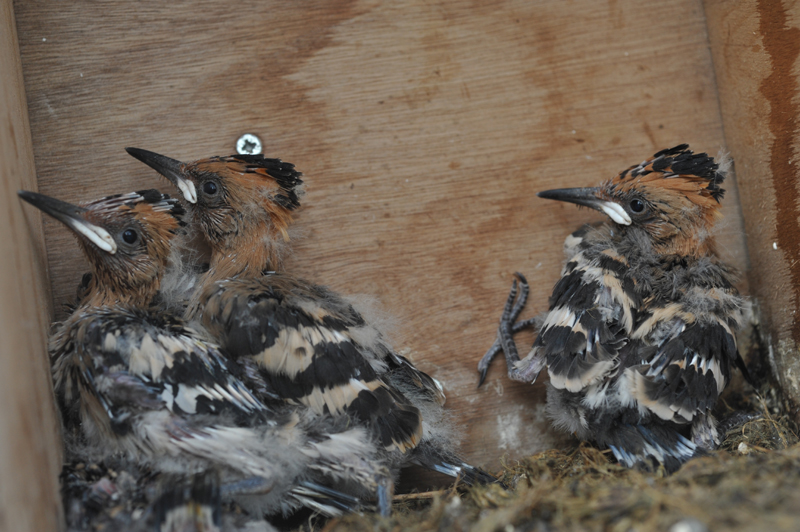
You mention that Hoopoes were once resident in the UK but are now passing migrants. Could the Hoopoe make a long-term return?
Hoopoes were once a resident species in the UK but are now confined to being a scarce but regular passage migrant to Britain, with most sightings occurring in the spring and autumn. On average, sightings range between 100 and 150 individuals with the bulk of UK records coming from the south coast counties, although there are records from every county in the UK. The Hoopoe has bred here sporadically since the early 19th century with at least 1–4 instances recorded in each decade since the 1830s (again mostly from the southern counties). More modern records have appeared in 1971, 1976, 1977 and 1996. In 1977, pairs fledged young in Avon, Somerset, Surrey and Sussex, which is quite remarkable. The 1996 occurrence came from the Montgomeryshire area. On average, singing males are recorded every five years or so (males sing to attract females). Could they make a long-term return to the UK? Why not. In fact, recent news from Leicestershire reports that a pair of Hoopoes have successfully bred and raised three young and been seen frequenting a private garden.
Favourable conditions can bring in arrivals in large numbers, in some years this can be as early as late February. Hoopoes can turn up anywhere, with Ireland having at least 15 records; although, the further north one goes the scarcer the records become. Visiting the south coast during spring does not guarantee a Hoopoe sighting but it is certainly when and where there is the best chance of finding one. In southern England, favoured localities include the Isles of Scilly; Porthgwarra; Land’s End and the Lizard, Cornwall; Start Point and Prawle Point, Devon; Portland, the Needles, Isle of Wight; Selsey Bill, West Sussex; Dungeness and Sandwich Bay, Kent. Favourable likely locations on the east coast include Blakeney Point in Norfolk and Spurn East in Yorkshire. In the autumn, east coast locations tend to fair better sightings wise, with a scatter of drift and reverse migrants.
What conditions would be necessary for such a return?
In spring, when high pressure leads to fine settled weather over Western Europe, some migrants returning to the Mediterranean region fly right over their intended target and end up in Britain. This is known as overshooting. Across their range, Hoopoes can be seen in a variety of habitats, including gardens, parks, towns, villages, marsh edges, open fields with vegetation and ploughed fields. They can also be found in groves of olives, almonds, grapes and other fruits where the lines of trees provide shade, allowing them to feed during the hottest parts of the day, and the diversity of vegetation and rich soil also support a good variety of insect prey, including the Mole Cricket, their favoured prey.
If Hoopoes were to return to the UK permanently, they would need suitable breeding habitats, such as open areas of short grass and soft soil where they can probe for insect prey coupled with areas of mature trees in which they can build their nests in natural holes (they do not excavate holes). Old buildings, stone walls, cavities, cliffs, among boulders, drainpipes, wells, roof spaces and nest boxes are also used as nest sites. Although they prefer Mole Crickets, in the UK other species of cricket, grasshoppers, millipedes, centipedes, spiders, woodlice, snails, slugs, ants, and occasionally even lizards and frogs would form a part of their diet.
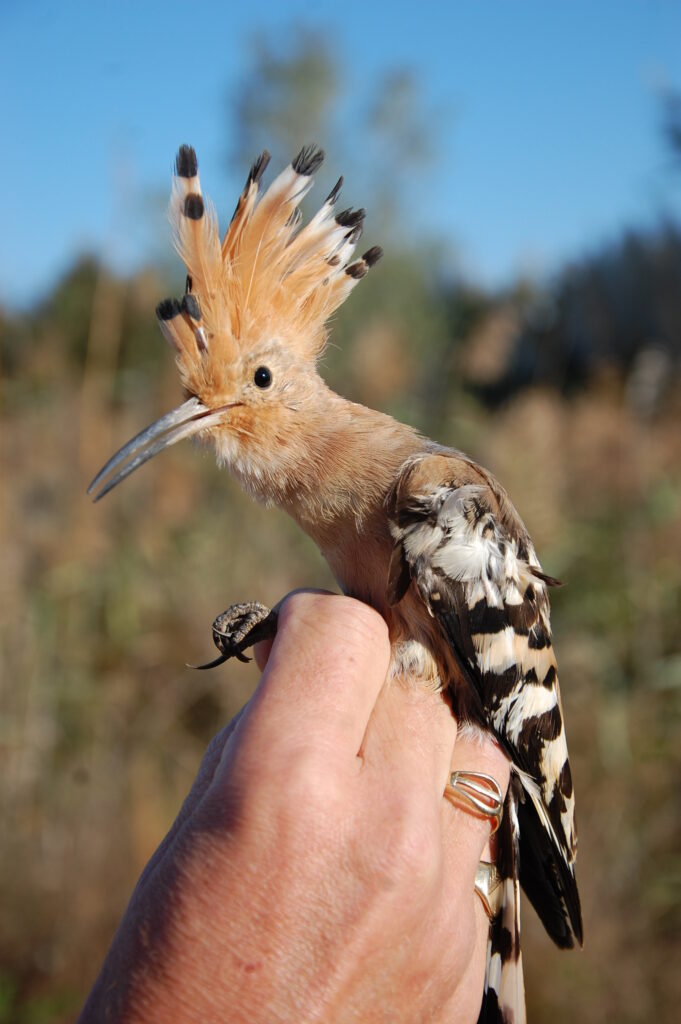
What would you recommend to someone looking to watch Hoopoes in the wild?
To maximise your chances of seeing Hoopoes in good numbers and to hear their distinctive calls, I recommend visiting somewhere where they are a common resident, such as in Spain or the Balearic Islands. In Mallorca for example, one site I visit is called Son Real where it is possible to see up to a dozen in a single visit. Visit the type of habitat they like to frequent, especially olive groves and orchards and open fields with a good scattering of nearby trees. Scan the ground as this is where they will be feeding, but also look to the roof tops of derelict buildings or outbuildings or the lower branches of trees where they like to perch. If you are quiet and do not move too much, they will allow you to approach them without being disturbed. Also, listen out for their ‘oop-oop-oop’ call which sounds like their name. Be patient, you will see one. If you visit other locations there are sub-species too, such as the African Hoopoe and Madagascar Hoopoe.
Do you have any plans for any further books you can tell us about?
I am hoping this book is a success, as I have thought about writing another book about the European Bee-eater. I have already written a bird guide called Birds of Mallorca (available from NHBS) – it will be no surprise that the cover photo features a Hoopoe. I have another book which I have written called Not Quite Living the Dream, which is based on my attempts to reside in Mallorca and covers everything from wellbeing to birds, but I am hoping a sponsor comes on board to support me financially with that one.

The Eurasian Hoopoe: Everything You Could Want to Know About This Iconic Bird is privately published by Neville Davies and available from nhbs.com.

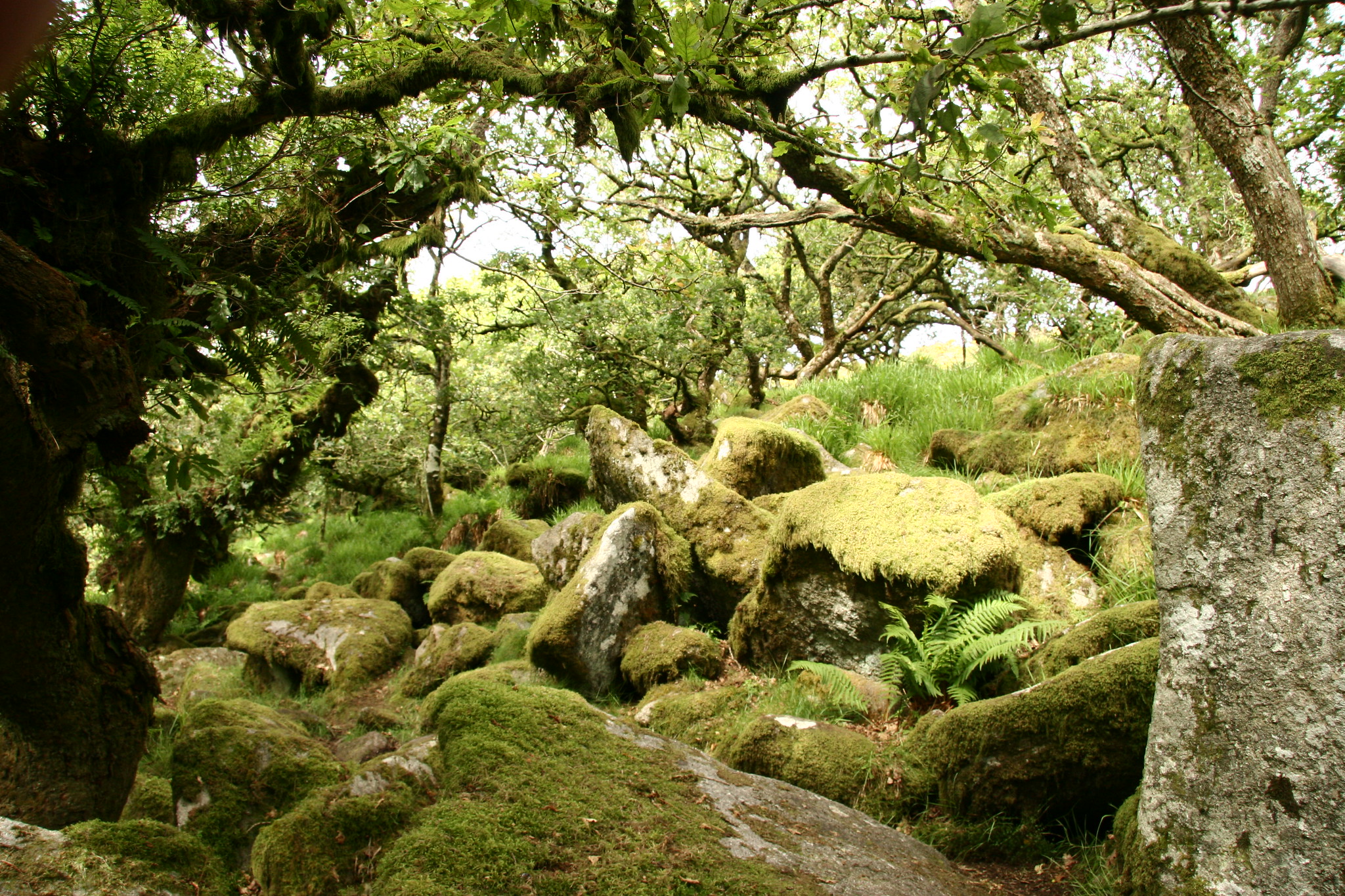
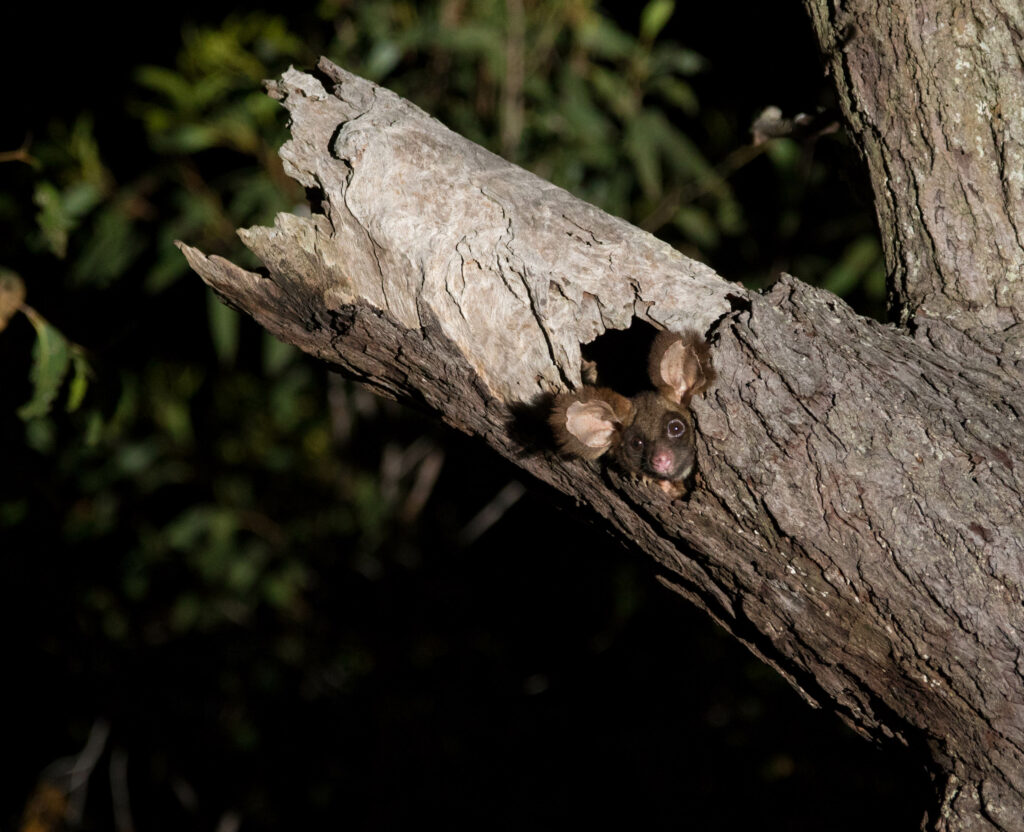




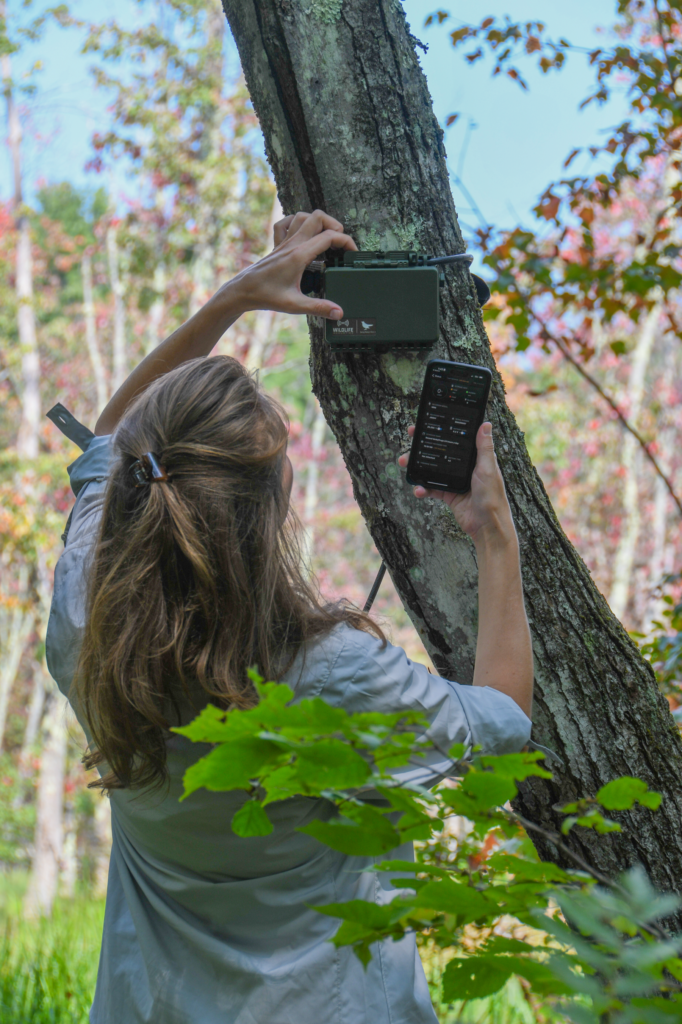
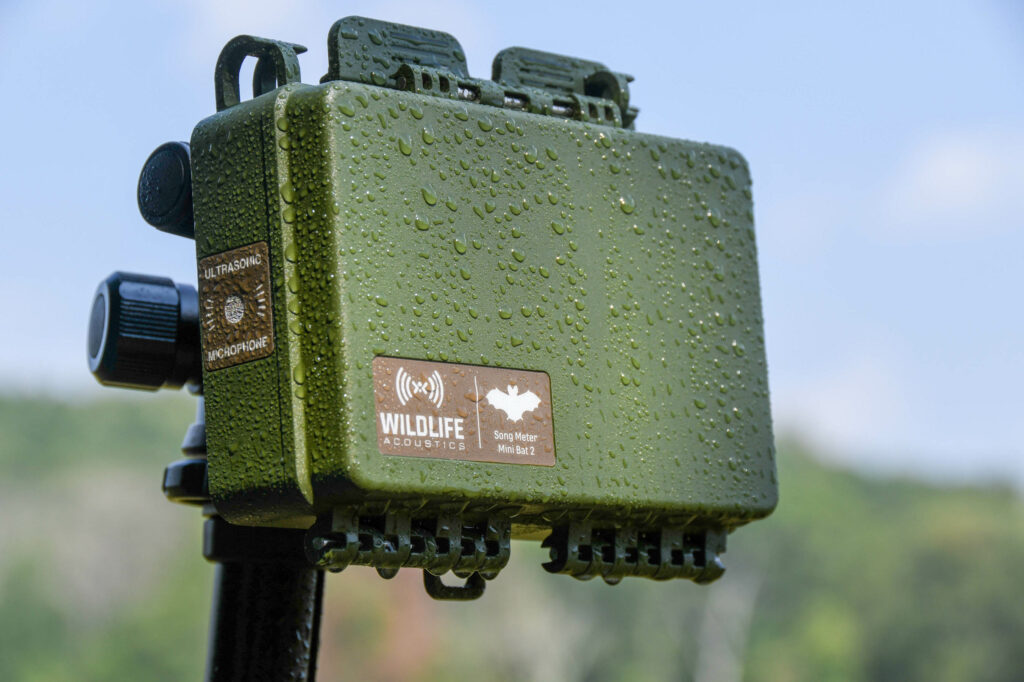
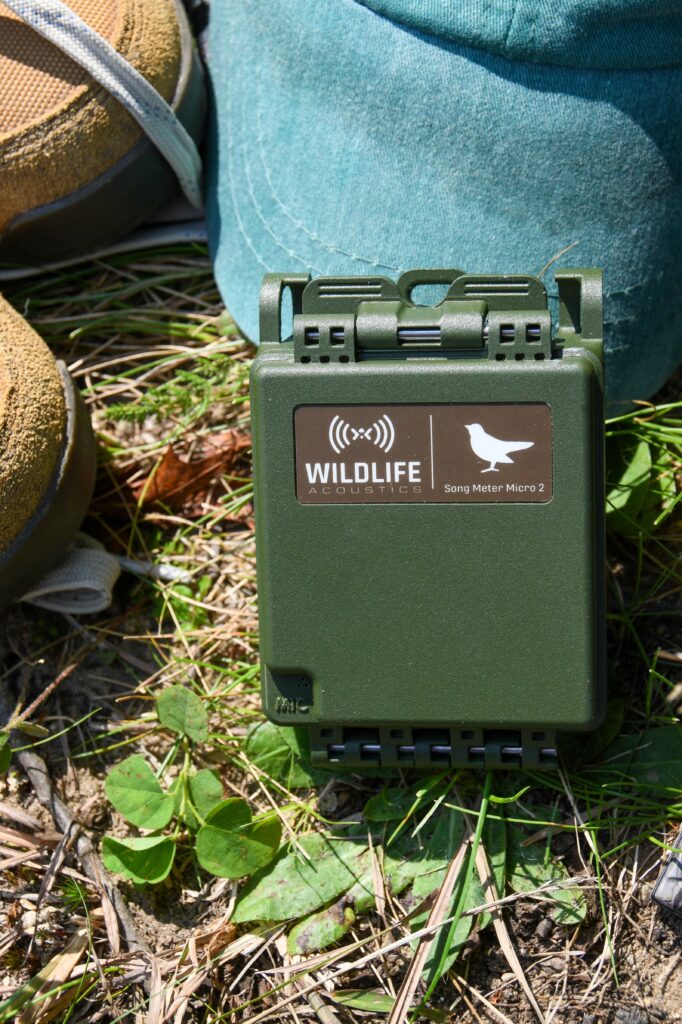
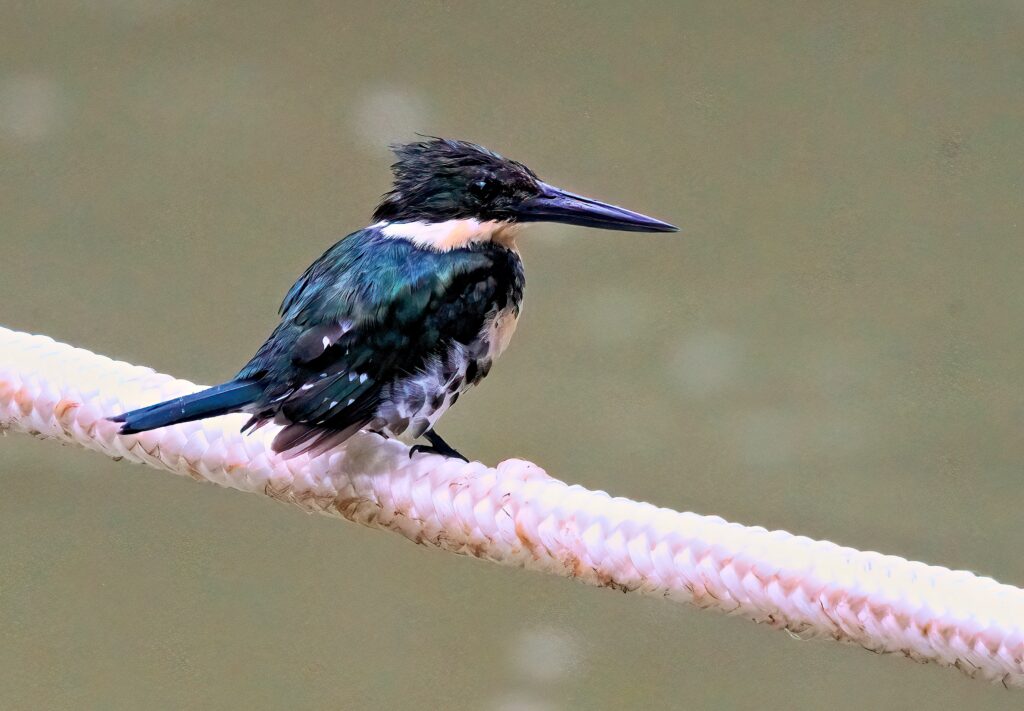

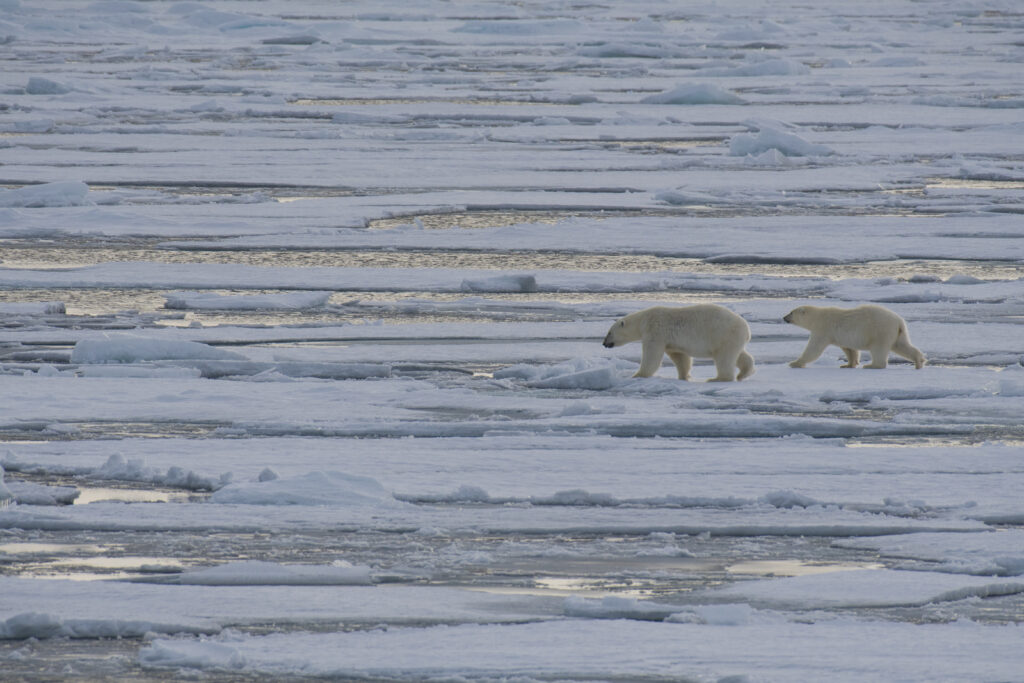

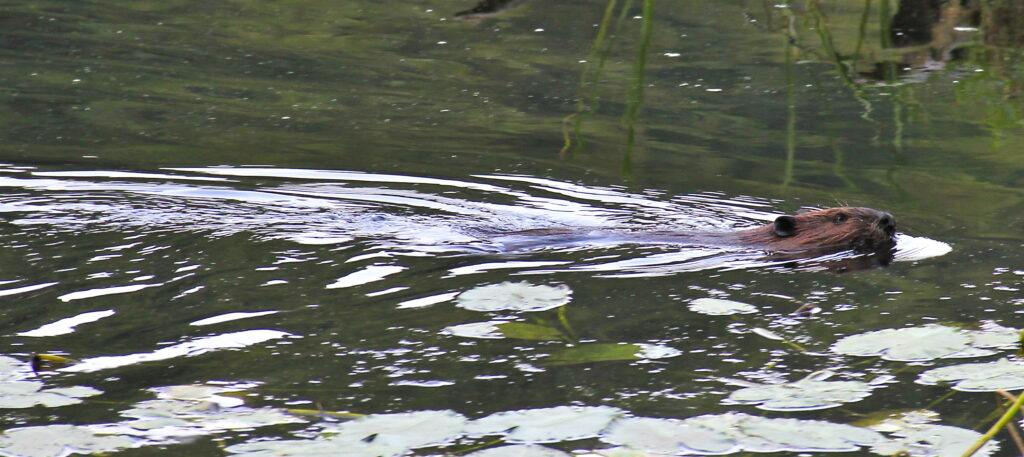


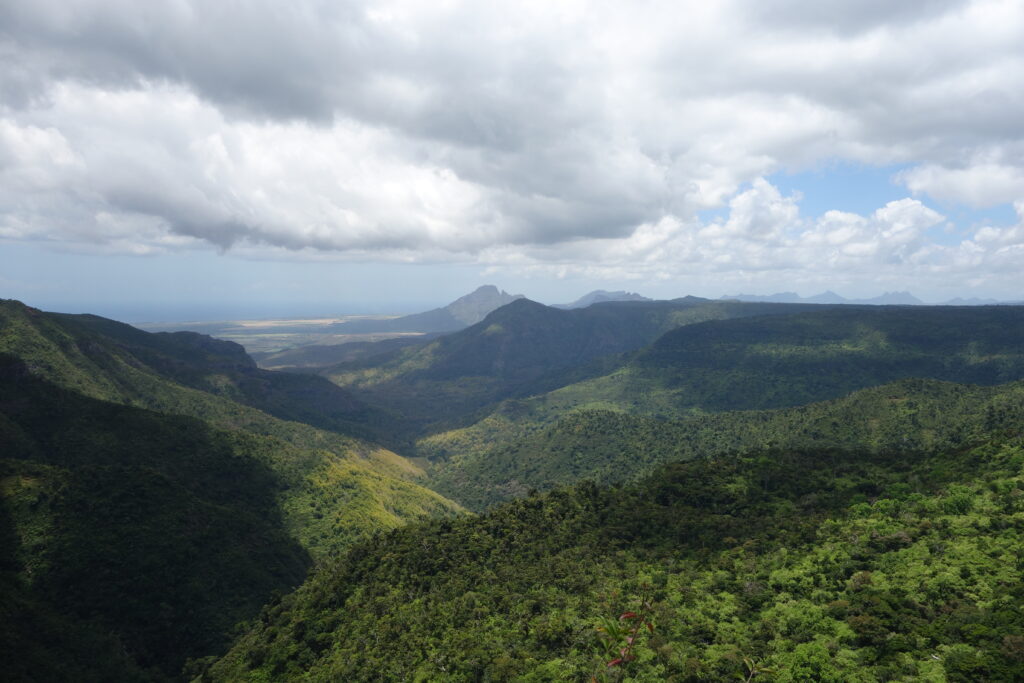
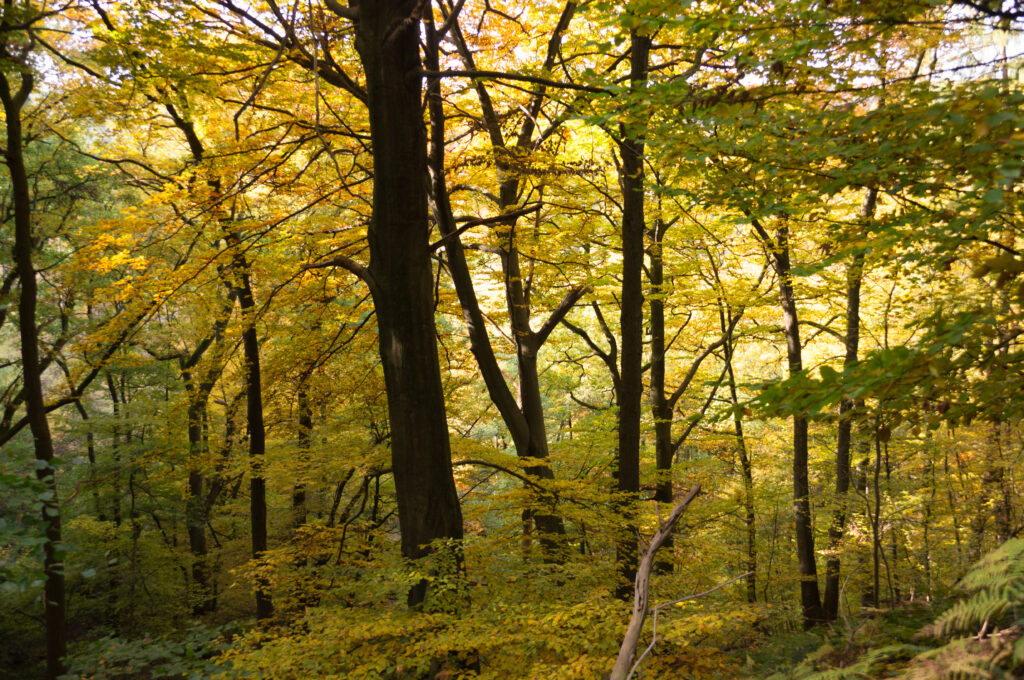
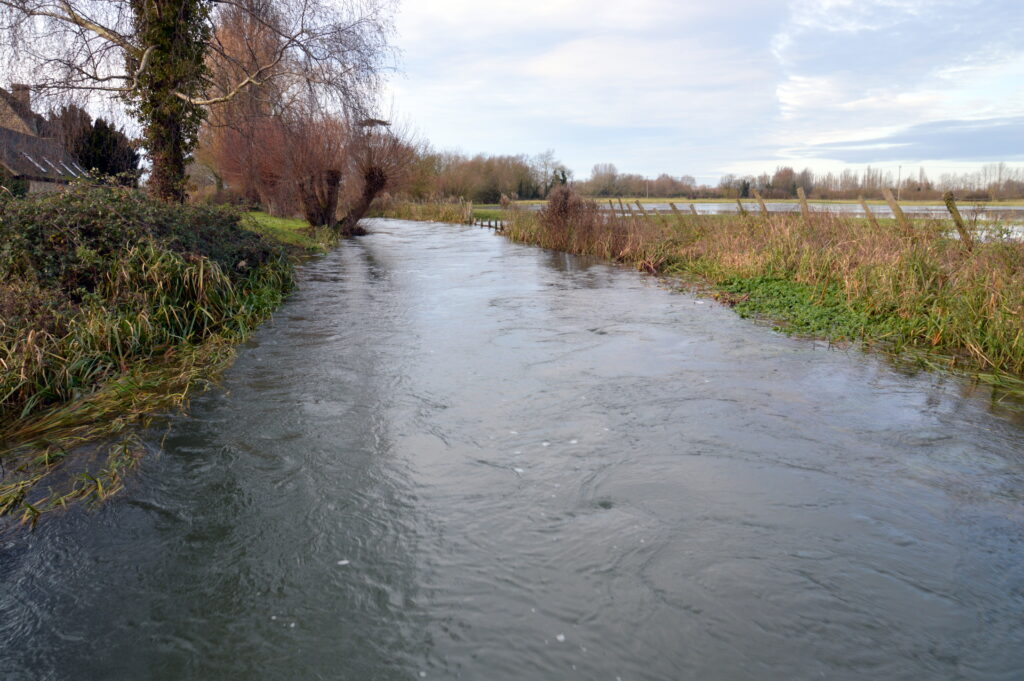
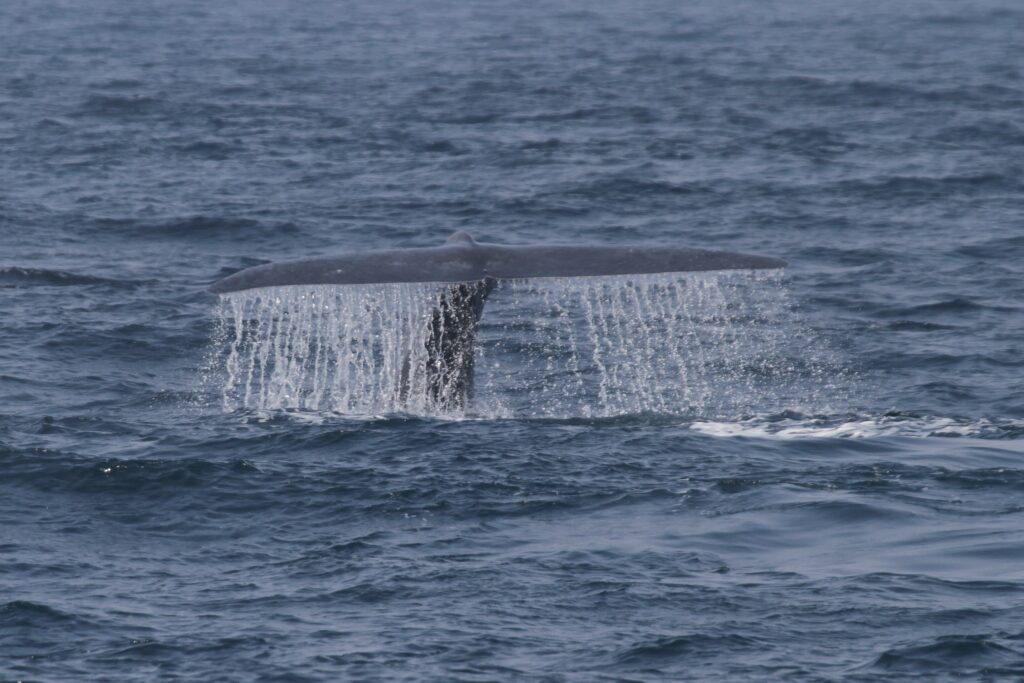
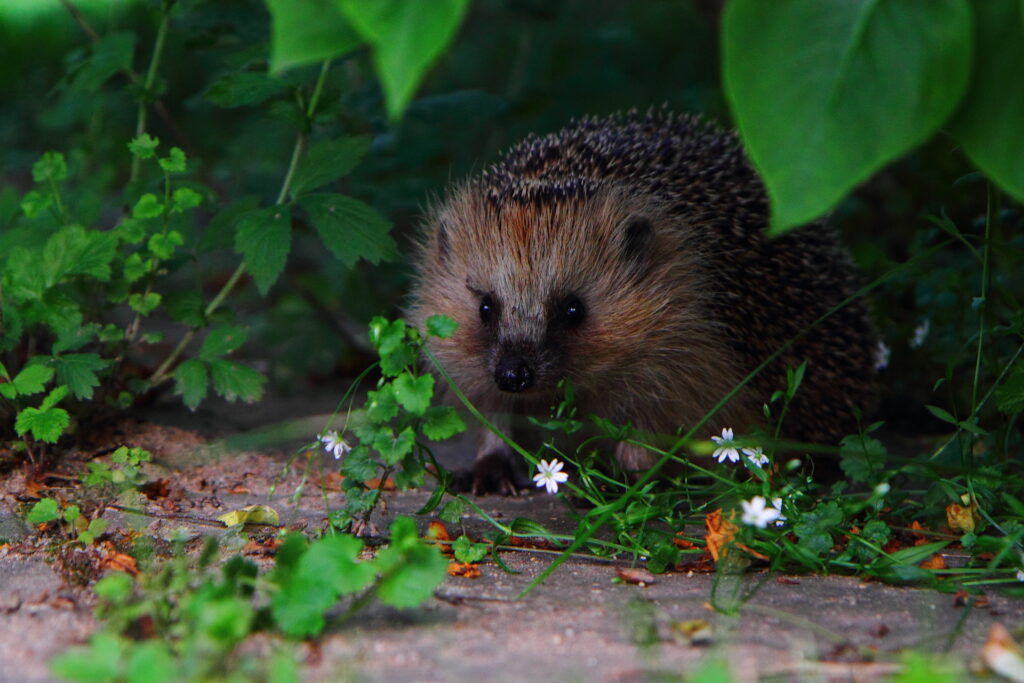
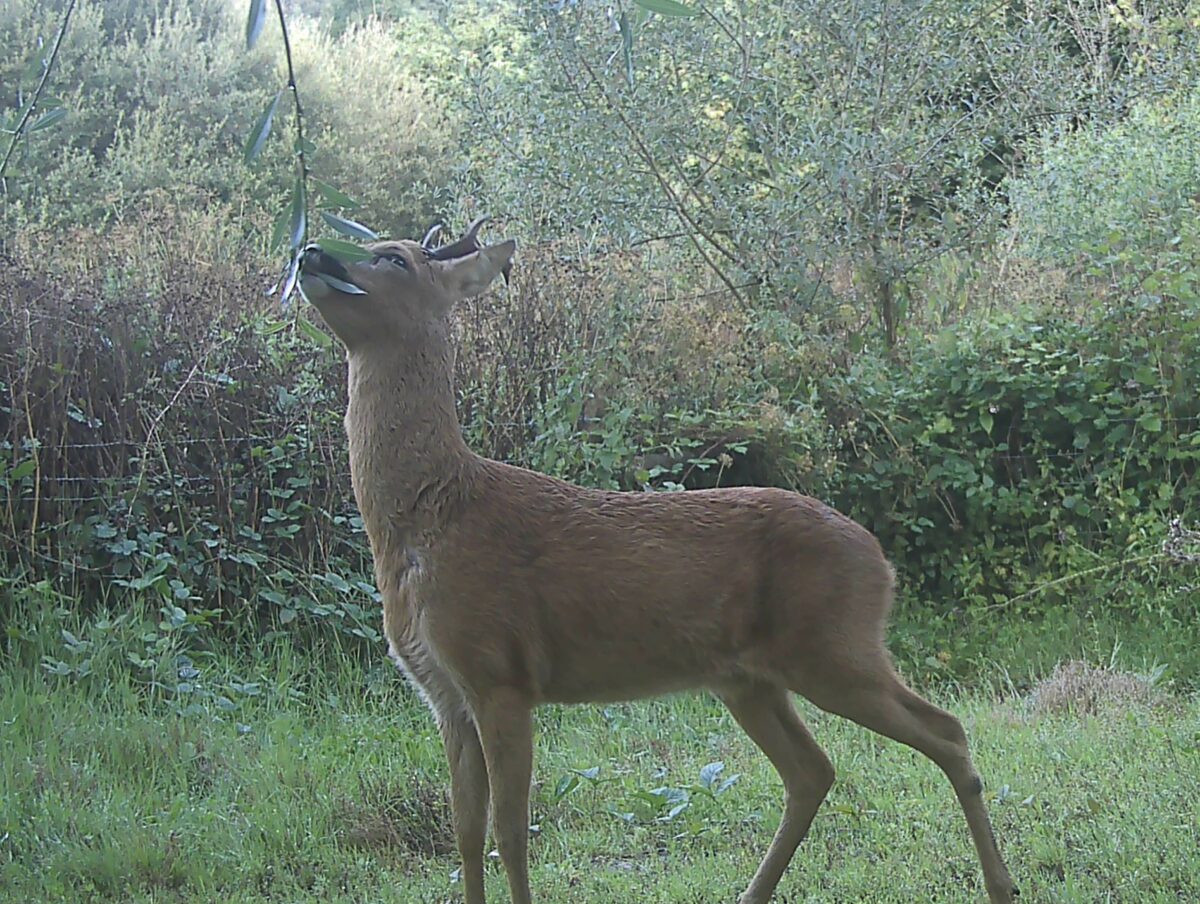







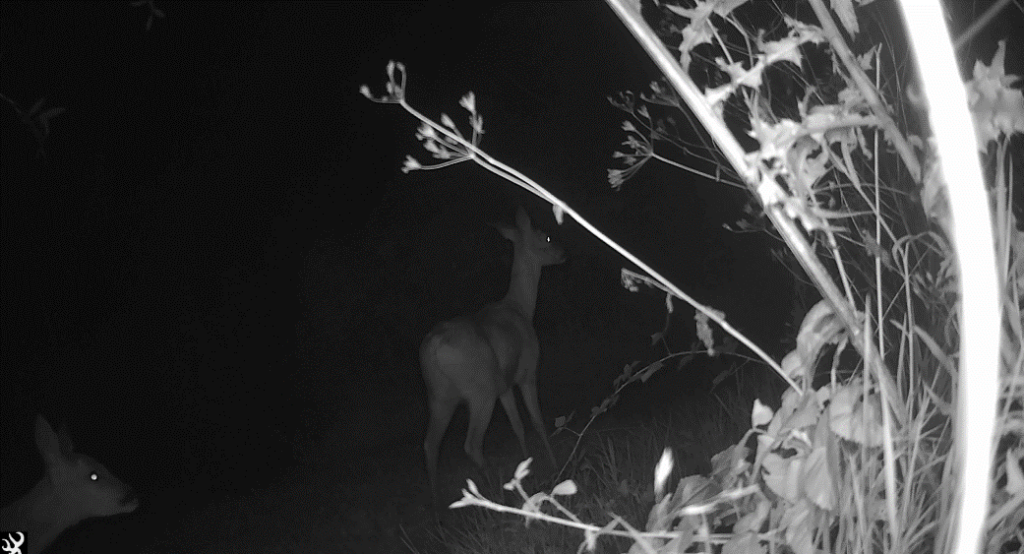


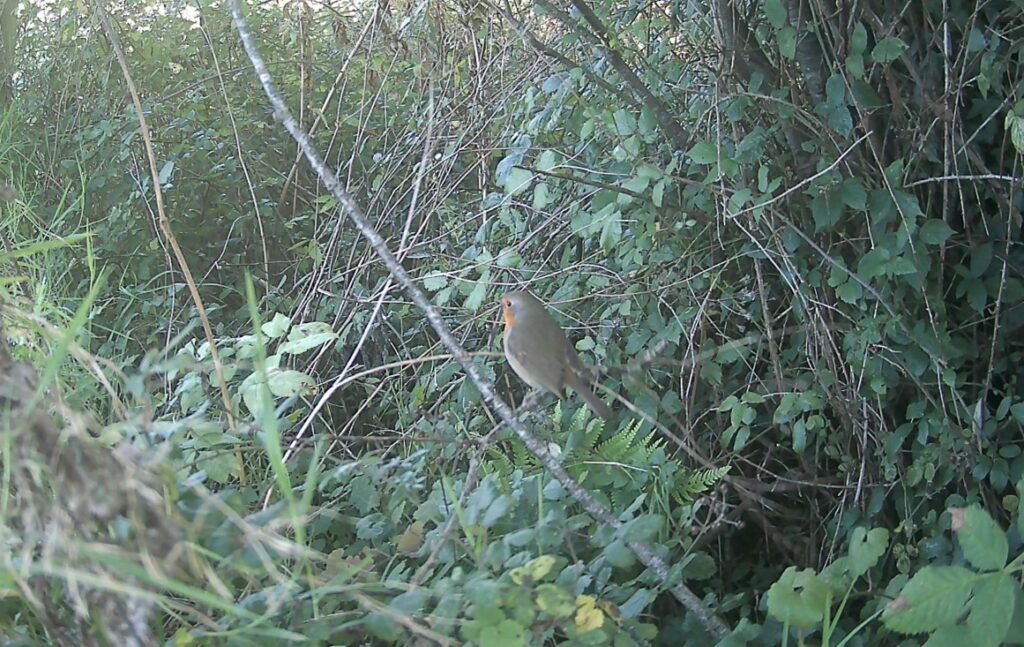
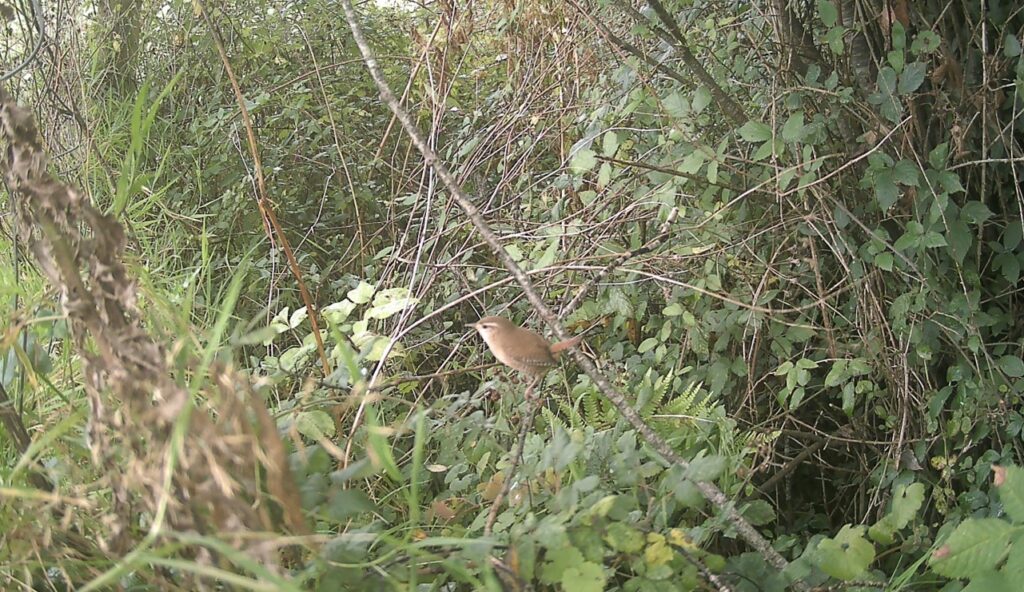

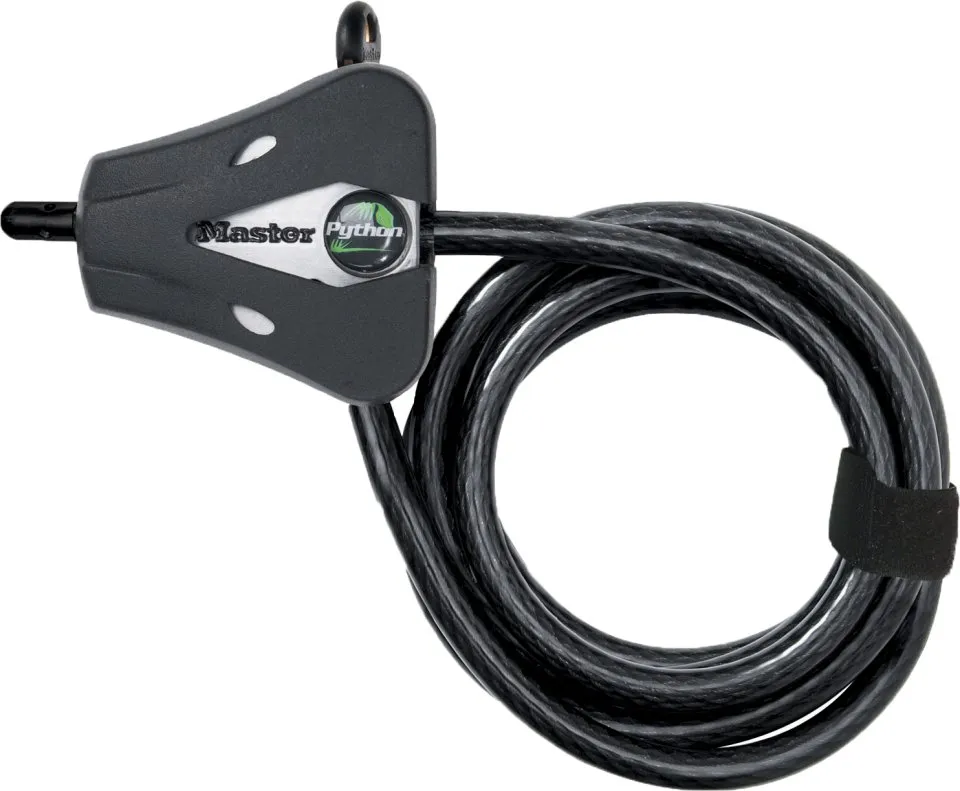


 What inspired you to write a book about the Eurasian Hoopoe?
What inspired you to write a book about the Eurasian Hoopoe?

